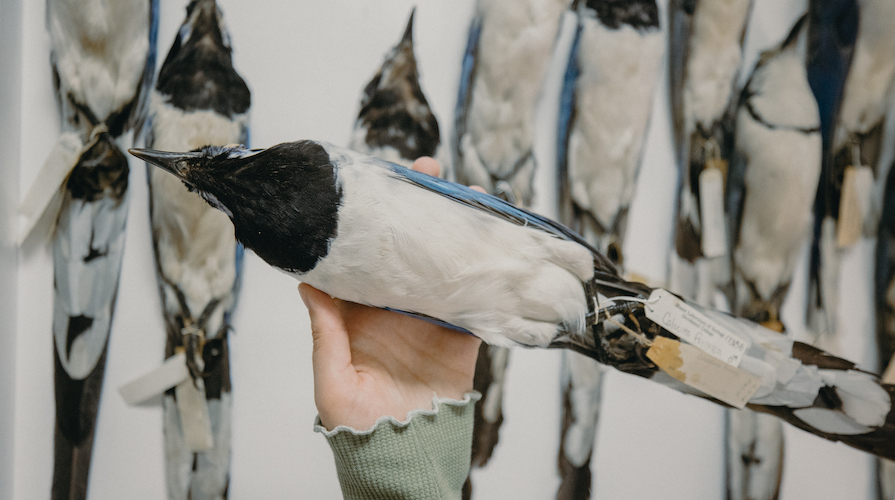Take a behind-the-scenes tour of the world's largest Mexican bird collection
Moore Laboratory of Zoology is a museum of 65,000 vintage bird and mammal specimens. We’re a hidden gem tucked within a small liberal arts college in Northeast Los Angeles, and our mission is to understand the origins of Earth’s biodiversity and how species respond to environmental change.
Founded by Robert T. Moore, the collection was originally kept in his home in Pasadena before it became the Moore Laboratory of Zoology in 1951. Moore collaborated with a fellow Angeleno Chester C. Lamb, who set out to collect birds with a team of researchers in Mexico. They collected 40,000 birds from all across the country between the 1930s to 1950s, making the Moore Lab collection the largest Mexican bird collection in the world. You’ll view our impressive hummingbirds — which represent nearly all species that exist in the Americas — and our rare extinct birds.
Join us to discover a snapshot in time of Mexico's bird diversity before major habitat and landscape change.
RSVP on Eventbrite. Tours are free, donations are welcome.* You'll be joining a small group of guests, please wear a mask while indoors.
Parking & Directions
For weekday tours, street parking is available all along Campus Road. Park closest to the intersection of Campus Road and Armadale Avenue. Head north on American Way, right on Weller Road, left on Bird Road and take a right up the hill. On weekends, you can park in the lots closest to the Moore Lab. Visit here for a campus map.
*Your tax-deductible donation helps fund student research and travel to professional conferences to present their work. Learn more about giving opportunities here.

